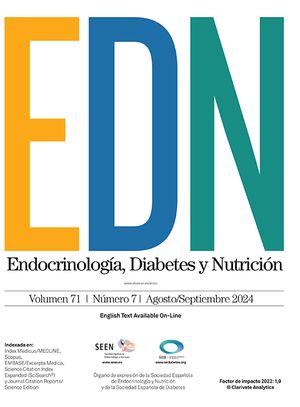A la hora de valorar el soporte nutricional en un paciente, el punto más importante que se debe considerar es el estado del tracto gastrointestinal, de forma que si el paciente tuviese funcionalidad digestiva, se debería optar siempre por la nutrición enteral, antes que por la parenteral. Dentro de las vías de acceso para la nutrición enteral, hay que diferenciar a los pacientes según necesiten acceso a corto o a largo plazo, y a su vez, hay que valorar si éstos requerirán que se administre la nutrición enteral intragástrica o intestinal. Aunque el sondaje nasogástrico es un método sencillo, fácil y barato para administrar la nutrición enteral en los pacientes a corto plazo, se debe valorar una gastrostomía en los pacientes que precisen nutrición enteral durante más de 2 meses. La realización de una gastrostomía en pacientes candidatos a nutrición enteral prolongada conlleva una serie de ventajas sobre la sonda nasogástrica: al dejar la cavidad nasofaríngea libre, se producen menos complicaciones locales derivadas del efecto mecánico de la sonda; por otro lado, como la gastrostomía queda oculta, no estigmatiza al paciente desde el punto de vista psicológico, por lo que se podría mantener más tiempo y permitiría una mejor transición entre la retirada del soporte nutricional y el comienzo de la alimentación oral en pacientes con disfagia neurógena o mecánica. Si bien la gastrostomía quirúrgica tiene una importancia histórica, ya que ha sido la primera técnica de acceso alimentario al estómago, hoy día ha sido totalmente desplazada por las gastrostomías percutáneas endoscópicas y radioscópicas, que presentan menos morbilidad y coste. En pacientes que no toleran la nutrición enteral intragástrica o con alto riesgo de aspiración, se debe valorar la realizada por sonda nasoentérica o por yeyunostomía.
En este artículo se revisan las diferentes vías de acceso de que se dispone en nutrición enteral, tanto a corto (sondas nasogástricas y nasoentéricas) como a largo plazo (gastrostomías y yeyunostomías), con especial referencia a las gastrostomías percutáneas radiológicas y endoscópicas.
When evaluating nutritional support in a patient, the most important point to consider is the state of the gastrointestinal tract. If the gastrointestinal tract is functional, enteral nutrition (EN) should always be preferred to parenteral nutrition (PN).
When deciding routes of enteral access, factors to be taken into account are whether the patient requires short- or long-term access and whether intragastric or intestinal EN are required. Although tube feeding (TF) is a simple and easy method of administering EN in the short term, gastrostomy should be considered in all patients requiring EN for more than two months. In candidates for prolonged EN, gastrostomy provides several advantages over TF: because the nasopharyngeal cavity is left free, there are fewer local complications due to the blast effect of the tube; in addition, because gastrostomy is not visible, it does not provoke negative psychological effects in the patient, allowing longer treatment duration and a better transition between withdrawal of nutritional support and the beginning of oral feeding in patients with neurogenous or mechanical dysphagia. Although surgical gastrostomy is of historical importance because it was the first technique to provide nutritional access to the stomach, nowadays it has been completely replaced by percutaneous endoscopic and radioscopic gastrostomy, which present lower morbidity and cost. In patients who do not tolerate intragastric EN or who are at high risk of aspiration, EN through nasoenteric tube or jejunostomy should be considered.
The present article reviews the distinct routes of access available in EN, both in the short term (nasogastric and nasoenteric tube) and in the long term (gastrostomy and jejunostomy), with special reference to percutaneous endoscopic and radioscopic gastrostomy.




